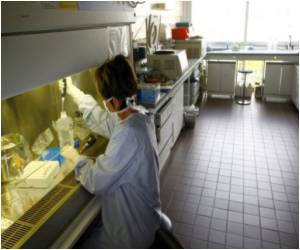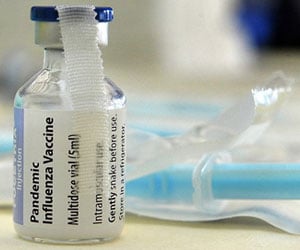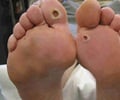
Reducing viruses' glucose supply weakens the microbes' ability to infect host cells, said Amy Adamson, Ph.D., and Hinissan Pascaline Kohio of the University of North Carolina, Greensboro.
To infect cells, the influenza virus is dependent upon the actions of the cell's own proteins, and so another strategy for slowing viral infection would be to target essential viral needs, for example, their dependence on cellular glucose. Dr. Adamson and Kohio showed that influenza A infection can be controlled in laboratory cultures of mammalian cells by altering glucose metabolism.
When the influenza virus initially infects a cell, and the virus is confined in an endocytic vesicle, the viral proteins HA and M2 use the acidic environment inside the vesicle to fuse the viral lipid envelope with that of the vesicle, and then release the viral genome into the cytosol.
The acidic pH that mediates these important viral process is established and maintained by the cell's vacuolar-type H+ ATPase (V-ATPase) proton pump. The researchers found that this dependence could be used to manipulate the infection's success.
Dr. Adamson and Kohio boosted glucose concentrations in the laboratory cell cultures, and influenza infection rate concomitantly increased. Treating the viral cells with a chemical that inhibits glucose metabolism significantly decreased viral replication in the lab cultures.
Advertisement
The research was presented at the American Society for Cell Biology (ASCB) annual meeting in New Orleans.
Advertisement














